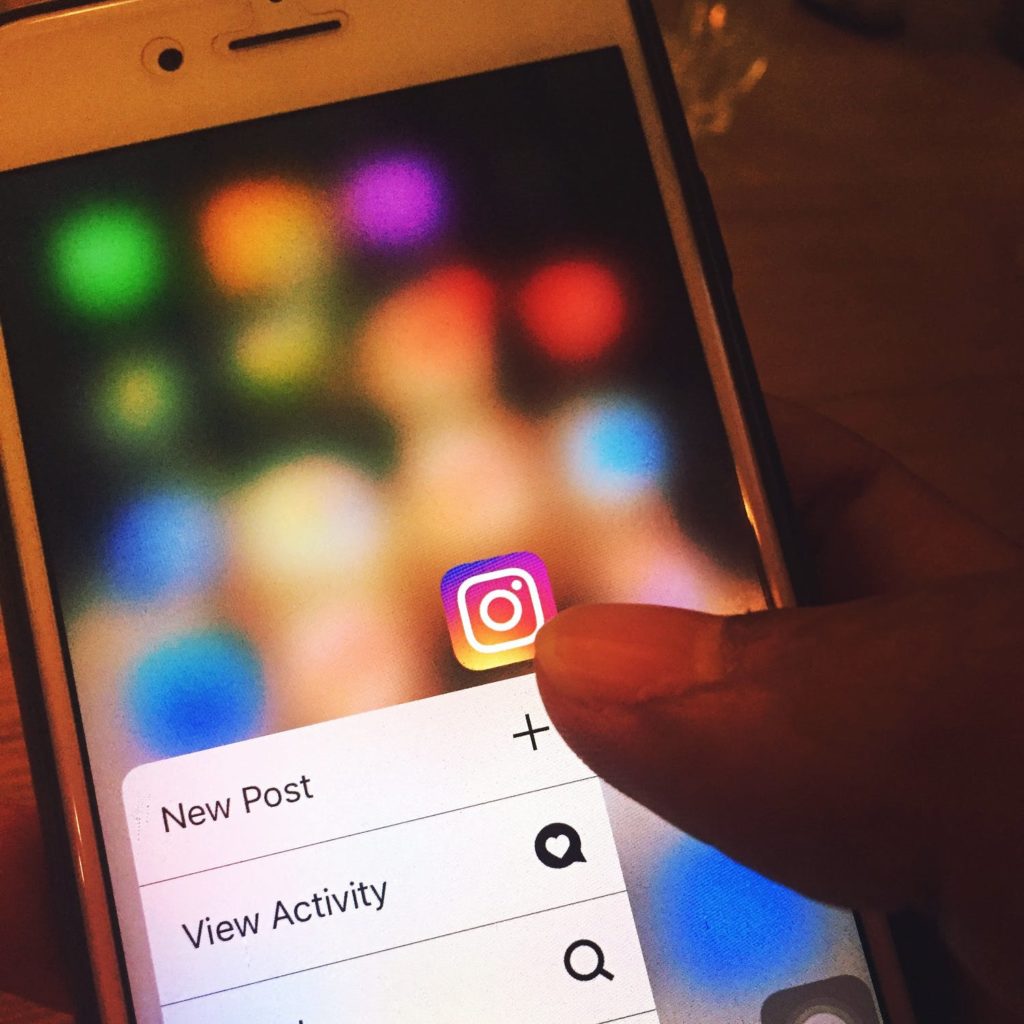When it comes to Instagram, the number-one stat that most people focus on is the number of followers on their pages. Everybody just seems to be super-crazy about this stat, so much so that many constantly ask all over the internet: how to buy Instagram followers.
Lost in the mirage of their following, Instagrammers forget to keep tabs on lots of other stats, many of which have the potential to improve their profiles and even get them what they’ve been dying to have – more Instagram followers.
Besides the obvious benefits that come with tracking these other stats, just staring at the number of followers you’ve got won’t give you as much information about your profile as you need. But some of these forgotten stats can do that.
For example, are your 100k followers happy to be following your page? Yes or No, the numbers won’t tell you that, but tracking your “overall engagement rate” on any analytic tool can give you a glimpse of what your followers think about your page.
So what are these other stats we’re talking about? Some may quip!
Instagram engagement rate

It is a shame that the world of Instagram is gradually forgetting the importance of keeping track of their engagement rates. For me, this stat is even more important than the number of followers you have.
As a measure of the percentage of your audience that interacts with your content, engagement rate is the proper yardstick for knowing what those people you call your followers actually think about your content.
Tracking your engagement rate can give you an insight into three important metrics:
- Is your content good enough or wack?
- Are people getting any value for following you?
- What is the strength of your relationship with your followers?
Once you track your Instagram engagement rate and find answers to these questions, you can then figure out whether you need to be creating better content, and if you need to focus on cultivating stronger relationships with your audience.
To determine your Instagram engagement rate, you can calculate it on your own using this formula:

PS: Average Instagram accounts have close to 3% engagement rate.
Best performing posts
If I may ask you, when was the last time you checked your best performing posts? If you’re like most Instagrammers, chances are you’ve never looked at the numbers before.
Well, this is bad! Keeping tabs on your best performing posts can give you an insight into what type of post your audience likes the most. And when you know that, you can double down on the content they like, bringing about better results for you.
Do your followers like images? Do they fancy videos? Are they crazy about behind-the-scenes photos/videos? What about inspirational quotes; does your timeline go crazy with comments when you drop those?
Constantly analyzing your best performing posts over a given period of time can help you serve your audience exactly what they crave.
To monitor your best performing posts, you can use these tools: Hootsuite or Iconosqure.
Best time to post

Funny how people just post when they wish to nowadays, which explains why many Instagrammers get little to no engagement. If you post at the wrong time of the day, it’s normal that you’ll not get as much engagement and interest in your post as you ought to, as against when you post at the right time.
But when is the “right time to post.” The answer varies from one account to another because every account has its own kind of audience, and this audience comes to Instagram at different times. So knowing when your own audience comes online can help you determine the right time to post.
To keep track of this stat, you don’t need any tool or external service provider. Just go to your profile (if business profile) and tap the three line-dots at the top-right-hand corner of your screen. Tap insights and then tap audience and scroll to the bottom.
There you will find the answers you seek.
Once you know when your audience likes to come online, ensure you only post during these times. In case your schedule wouldn’t allow you, you can use an Instagram scheduling tool like Later or Buffer to schedule your posts.
Hashtags performance
Like we mentioned in the introductory section of this post, keeping tabs on some stats can actually fetch you more followers. And one of such stats is “hashtag performance.”
Most people just use hashtags without concerning themselves with the effectiveness of these tags. The reality is that all hashtags are not the same, meaning that some are more effective than the others.
But how will you know this when you’ve not even been tracking how your hashtags have been doing?
Go to insights on your Instagram profile, and you will see how your hashtags have been performing.
Typically, a hashtag is supposed to help you increase your reach – expose you to more audiences. But the extent to which hashtags do this vary, depending on the hashtags and how many of them.
Did you know that posts with at least one hashtag receive an average of 1.6% more engagement?
Instagram story link click
How many people are actually swiping up in your Instagram stories? Of course, we all know how effective stories are in anyone’s marketing efforts today. And using the swipe-up feature is far better than directing viewers to a link in your bio because with this feature, viewers can easily follow the included link, leading to more sales and more web traffic
But how many of your followers are actually following through with the swiping-up?
I’m sure you don’t know!
Go to “Content” and tap ‘Stories,” there, you’ll find the impressions on your stories for the last 14 days.
The reason why you need to keep track of this stat is because knowing how many people followed the link on a certain story can help you determine which kind of content best appeals to your audience. Remember, someone will only follow a link if they’re impressed with what they’ve seen or watched.
Advertising disclosure: We may receive compensation for some of the links in our stories. Thank you for supporting LA Weekly and our advertisers.


